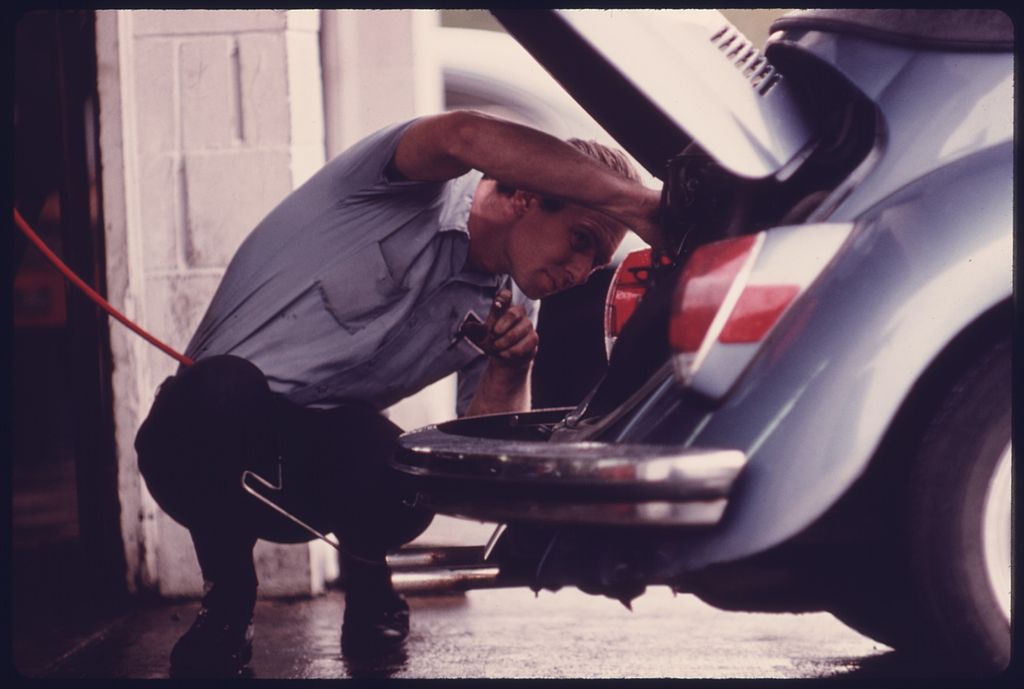
By Alex Locke, Staff Writer
Imagine spending the last month looking for a used car. You searched diligently for one that would be cheap to buy, cheap on gas, and cheap to maintain. You find a used Honda. Though not the newest car, you cannot deny Honda’s reputation as a work mule, so you purchase it.
Six months later, you notice that the Pennsylvania safety and emissions inspection stickers on your windshield will soon expire. You decide to call ABC Auto Repair to set up an appointment for both inspections.[1] The secretary asks for the year, make, and model of your vehicle, and you respond, “It is a 1995 Honda Accord.”
The secretary then asks, with some exasperation, “Have you driven the vehicle more than 5,000 miles since the last inspection, or have you purchased the car in the last 12 months?” You answer yes to both questions. The secretary apologetically informs you that the vehicle will need a “two-speed idle” emissions test because the vehicle is pre-1996. The shop’s two-speed idle tester, or tailpipe tester, broke down several years ago — and the exorbitant cost to repair it was not in the shop’s interest because it only sees a few pre-1996 vehicles per year. For this reason, ABC cannot perform the emissions inspection.
I manage operations at an auto repair shop in Level Green, Pennsylvania, and over 95 percent of vehicle emissions inspections performed at our shop are for vehicles that are 1996 model year or newer. In light of those statistics, we have opted not to repair our tailpipe tester. The manner of testing for those newer vehicles is called the OBD I/M check, implemented in 2004 statewide.[2][3] The check is simple compared to the tailpipe test.
The technician connects a cable from the shop’s emissions computer to the On-Board Diagnostics (OBD) connector under the dashboard. Emissions system failures detected by the vehicle’s computer, indicated by the “check engine” light on the dashboard, are reported by the vehicle to the emissions computer, and this information is sent over wire to the Commonwealth.[2] If the vehicle has no failures to report, i.e., no “check engine” light, the vehicle receives a sticker from the repair shop and a verification printout from the Commonwealth.
Now, let us return to the unfortunate situation involving your Honda Accord. After calling five different auto repair shops, you have finally found one 20 miles away at which the tailpipe tester has either (1) not yet failed or (2) which has the economy of scale that allows it to dump the money into repairing it. Regardless, you must now leave your trusted mechanic and deal with the burden of taking your vehicle to two shops just to obtain inspection stickers. You may have even paid a premium for the emissions sticker, because shops which still have the tailpipe testers have a monopoly of sorts.
Pennsylvania law prescribes exemption from emissions testing for certain vehicles. Vehicles driven less than 5,000 miles in a one-year period, classic and antique vehicles, diesel-powered vehicles, and motorcycles, for example, all qualify for an exemption.[4]
All of this begs the question of whether the Commonwealth should continue subjecting pre-1996 vehicles, of which there are fewer and fewer on Pennsylvania roads, to emissions testing. Should an exemption could be made for your trusty 1995 Honda Accord? For now, regardless of the inconvenience, that is a question in the hands of the legislature.
Sources
[1] http://www.drivecleanpa.state.pa.us/docs/brochure.pdf
[2] http://www.drivecleanpa.state.pa.us/docs/readiness.pdf
[3] http://www.drivecleanpa.state.pa.us/changes/fs_pittsburgh.pdf
[4] 67 PA ADC § 177.101
